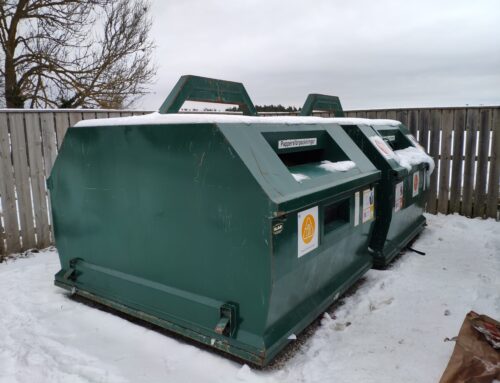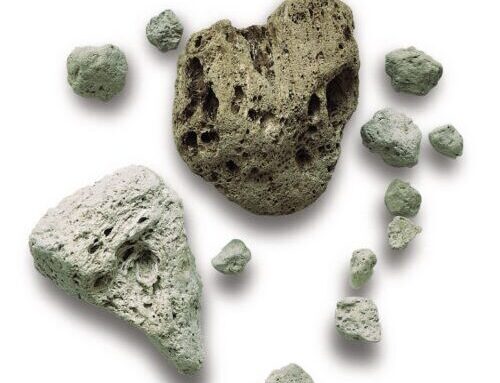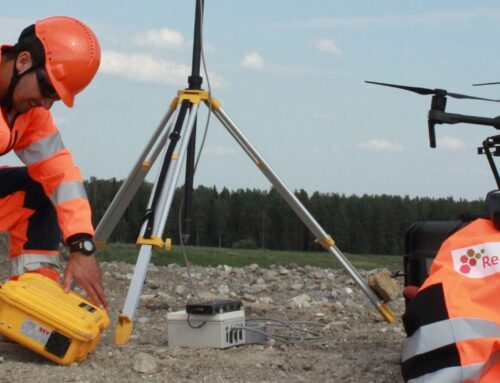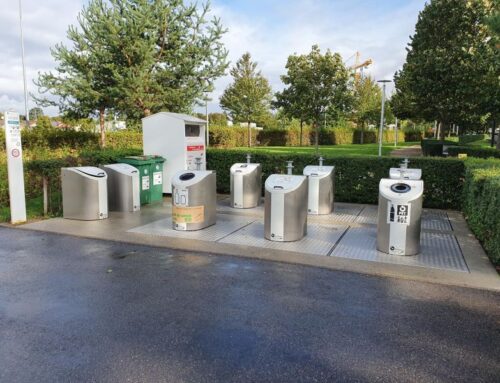Since 2021, ReSource is implementing the concept of a sensor network for air quality monitoring involving municipalities and other public organizations. The network was first initiated in Reykjavík area, but will also be implemented all around the country as other cities and organizations will join the movement.
The network of sensors is based on Airly technology. The sensors are monitoring several critical parameters and gas concentrations, require only a power supply and feed air quality data on a publicly accessible platform. Airly has won awards such as the best PM outdoor sensor in 2020 from Airlabs and is known to collaborate in the Nordics with public institutes such as the NILU – Norwegian Institute for Air Research.
The network is completing the official air quality monitoring stations that are being used to fulfil requirements towards National and EU legislation. ReSource has actively worked on increasing air quality monitoring using Airly sensor network and as of January 2023, the following organizations have joined the network:
- Mosfellsbær: 3 sensors (PM2,5 & 10, NO2, O3, SO2 & CO)
- Reykjavíkborg: 12 sensors (PM2,5 & 10, NO2, O3, SO2 & CO)
- Vegagerðin: 4 sensors (PM2,5 & 10)
An overview of the locations of the sensors is given in the figure below (Squares = Official stations, Circles = Airly smart sensors):

The sensor network approach
Measuring air quality with a network of sensors is more beneficial than using a single station because it allows for:
- Greater spatial coverage: A network of sensors can cover a larger area, providing a more detailed and comprehensive understanding of air quality across a given region.
- Detection of localized pollution sources: By measuring air quality at multiple locations, a network of sensors can identify specific areas where pollution levels are particularly high, and pinpoint the sources of pollution.
- Real-time monitoring: With a network of sensors, air quality can be monitored in real-time, providing early warning of potential air quality issues, and enabling prompt action to be taken.
- Improved accuracy: By measuring multiple pollutants at multiple locations, a network of sensors can provide a more accurate picture of air quality, reducing the potential for measurement errors or inconsistencies.
- A better understanding of temporal variability: Network of sensors can detect the variability of air pollutants over time, helping to identify patterns and trends, which can be useful for targeting and evaluating the effectiveness of air pollution control strategies.
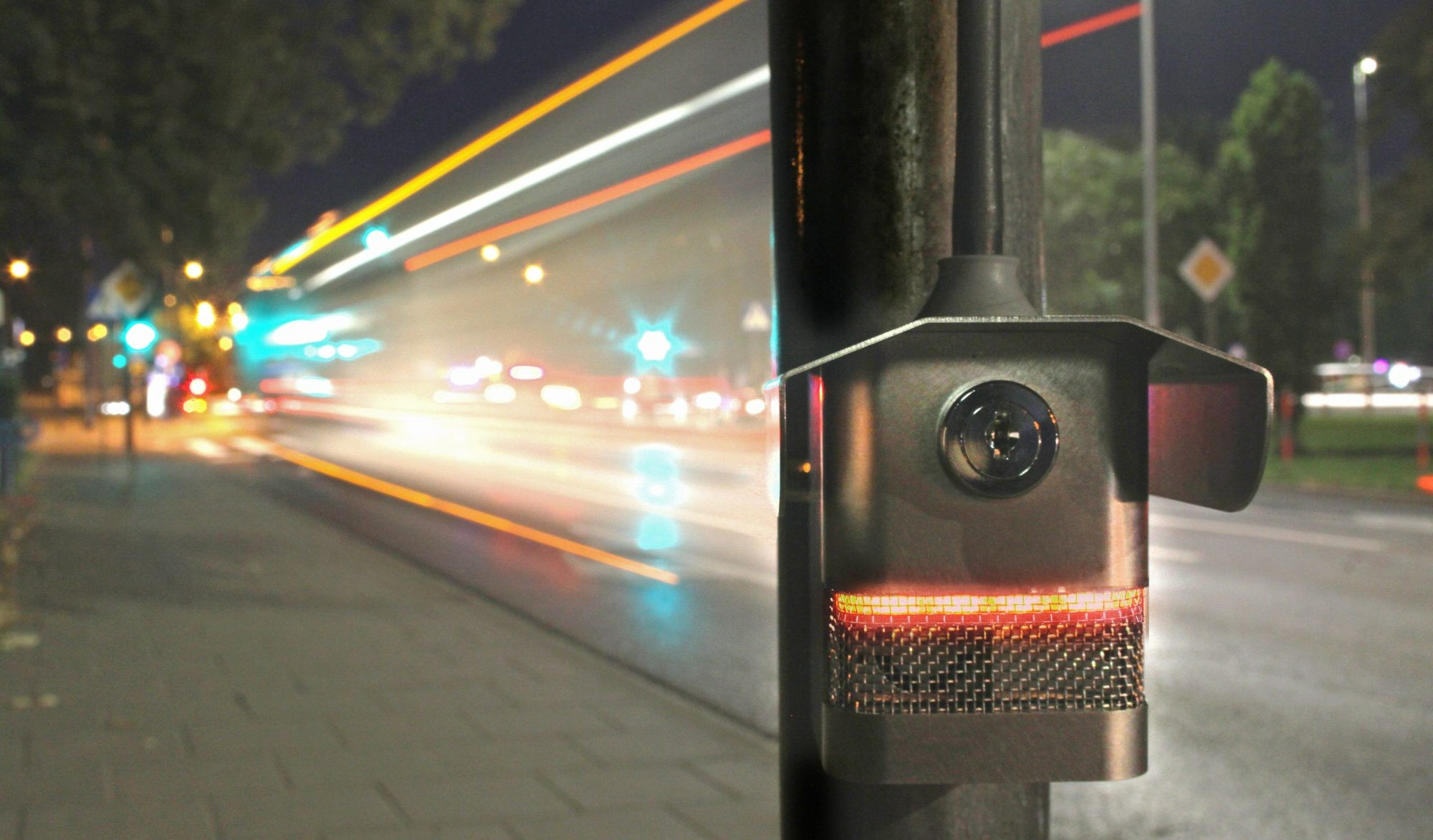
Airly sensor
Source of air pollution in Reykjavík
The main sources of air pollution in Reykjavik are transportation, industry, and power generation. Natural events such as dust storms and volcanic eruptions are also to be considered as events affecting quality.
- Transportation: The majority of air pollution in Reykjavik is caused by emissions from vehicles and ships, particularly those that run on diesel fuel. These emissions include particulate matter (PM) and nitrogen dioxide (NO2), which can have negative impacts on human health. Indirect emission from transportation is also considered of importance. Indirect emissions are for example the dust coming from the road itself (asphalt) or dust accumulating on the road and being displaced in the air by driving vehicles.
- Industry: Reykjavik’s industrial activities, such as mining and manufacturing, also contribute to air pollution in the city. These industries emit pollutants such as PM, NO2, sulphur dioxide (SO2) and/or dust.
- Power generation: Reykjavik’s power plants, which primarily use geothermal energy, also emit pollutants such as SO2, H2S and NO2. The power plants are located in a nearby area and the emissions can reach the city.
- Dust storms in Reykjavik, Iceland are relatively rare, but they can occur when strong winds blow loose soil and dust from the surrounding areas into the city. Dust storms can significantly increase levels of particulate matter (PM) in the air, which can be harmful to human health when inhaled. PM can cause respiratory problems, such as asthma and bronchitis, and can also aggravate existing lung and heart conditions. Furthermore, dust storms can also damage buildings, bridges, power lines, and other infrastructure, by abrasive action and corrosion of materials.
- Volcanic eruptions: a volcanic eruption in Iceland can have a significant impact on air quality in Reykjavik and surrounding areas even though they might occur rarely. Volcanic eruptions can emit a wide range of pollutants into the atmosphere, including ash, sulphur dioxide (SO2), and other gases. These pollutants can have negative impacts on human health and the environment.
You can contact us to get more information about air quality monitoring and the network approach. You can also learn more about our services here.

